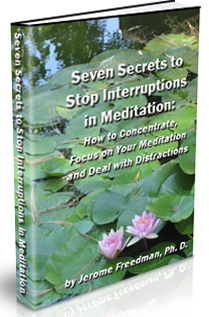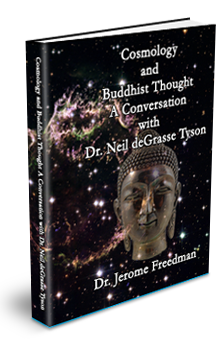A few evenings ago, I watched a beautiful documentary the story of the Buddha. The movie was produced by the BBC and called “The Life of the Buddha.”
The Dalai Lama appears frequently to give his insights into the story of the Buddha.
The highlights of the movie include the four messengers the young Siddhartha encountered on four trips out of his sheltered life in the palace.
The first messenger Siddhartha encountered was an aged man who had difficulty walking. He asked his charioteer, Chana, “Who does this happen to?”
Chana replied, “Everyone, sir!”
Similarly, the second and third messengers were a sick person and a dead person.
The fourth messenger was a mendicant yogi who had given up life in this world for the contemplative life. This is what probably motivated him to leave the palace and find the answer to the question of human suffering.
The five remembrances remind us of Siddhartha’s messengers. They are incorporated into the everyday meditation practices of monks, nuns, and lay Buddhists all over the world.
In the tradition of Zen Master Thich Nhat Hanh, these take the form of the following verses:
I am of the nature to grow old.
There is no way to escape growing old.I am of the nature to have ill-health.
There is no way to escape having ill-health.I am of the nature to die.
There is no way to escape death.All that is dear to me and everyone I love are of the nature to change.
There is no way to escape being separated from them.I inherit the results of my actions in body, speech, and mind.
My actions are the ground on which I stand.
The fourth verse expresses the idea of impermanence, which is also a key realization of the Buddha in the movie.
It is my hope that you will be inspired by the life of the Buddha as I was. Please share your feelings and thoughts about what you saw.












